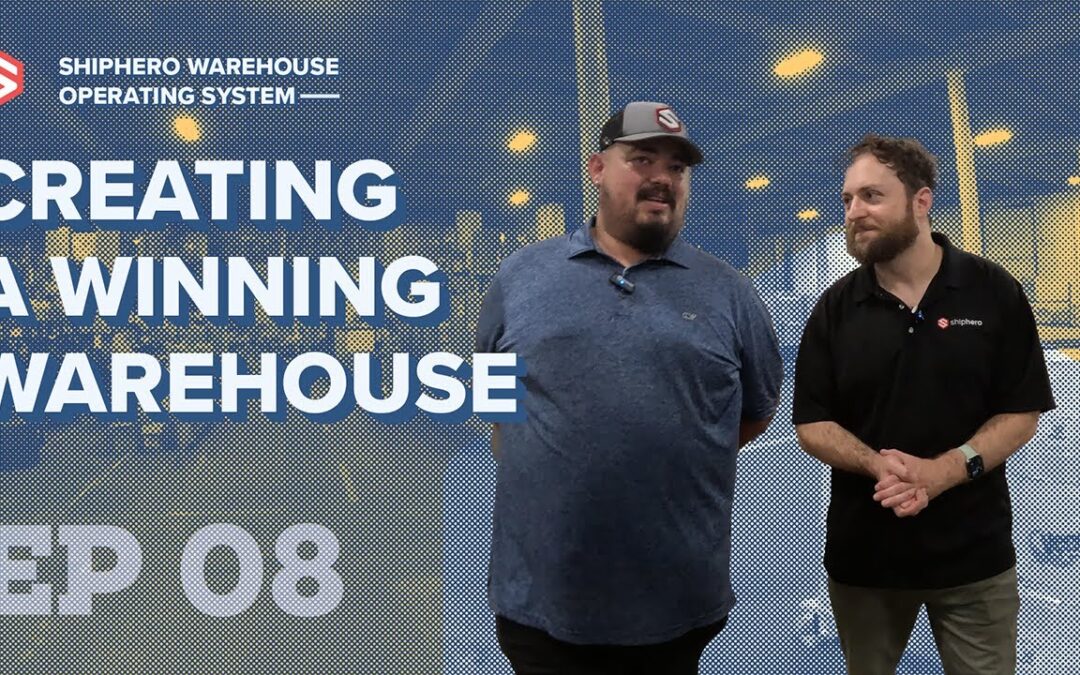
Jan 24, 2024
Take a peek inside ShipHero’s Jacksonville warehouse with GM Logan Bates and CEO Aaron Rubin.
Learn how to create an optimal operating system to improve customer satisfaction with this Warehouse Operating System Series episode.
Find out why JAX relies on ShipHero’s WMS for bulk shipments and single-item batch picking, as well as the importance of balancing cost per package and meeting service level agreements.
Follow Logan’s expert advice and get tips on managing three shifts daily with trained personnel and state-of-the-art equipment.
Unlock your warehouse’s potential and join us for this amazing journey!
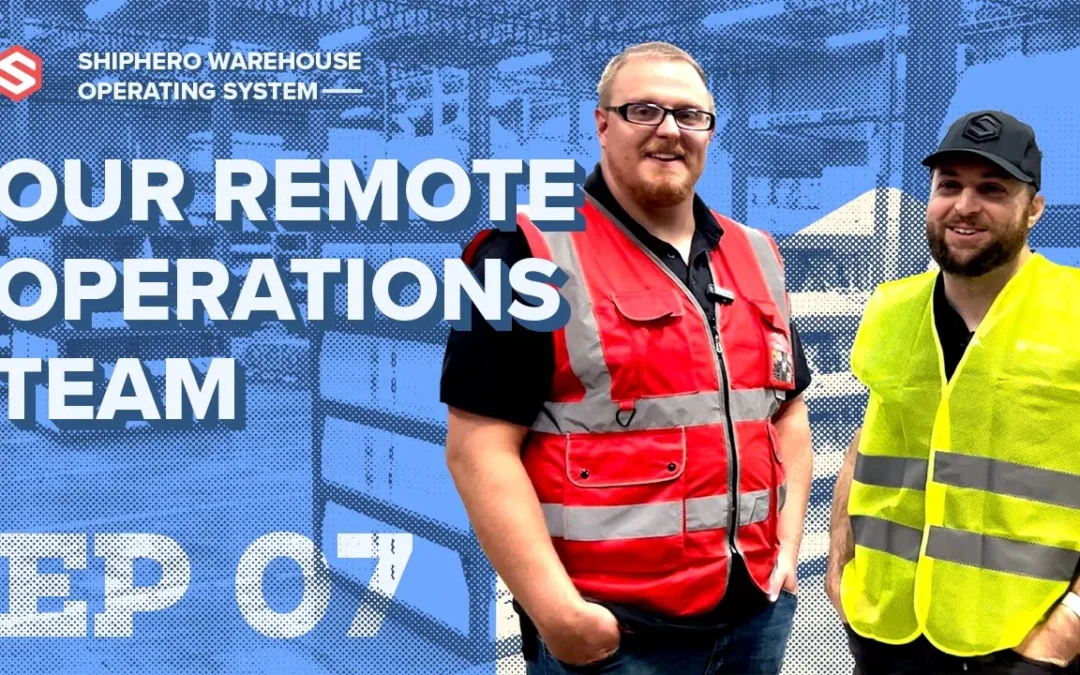
Jan 24, 2024
Learn how Tyler Anderson, Director of Warehouse Operations at ShipHero SLC, manages his team remotely to ensure efficient warehouse operations.
In this video, Tyler talks about the recent changes in queue management, which consolidates orders into two statuses for better organization. He also shares useful tips on how to solve held orders and optimize inventory management for maximum efficiency. Plus, find out what metrics Tyler suggests tracking with ShipHero’s Hero Board!
Get all the insights you need to stay ahead in the game with Tyler’s advice. Watch now!
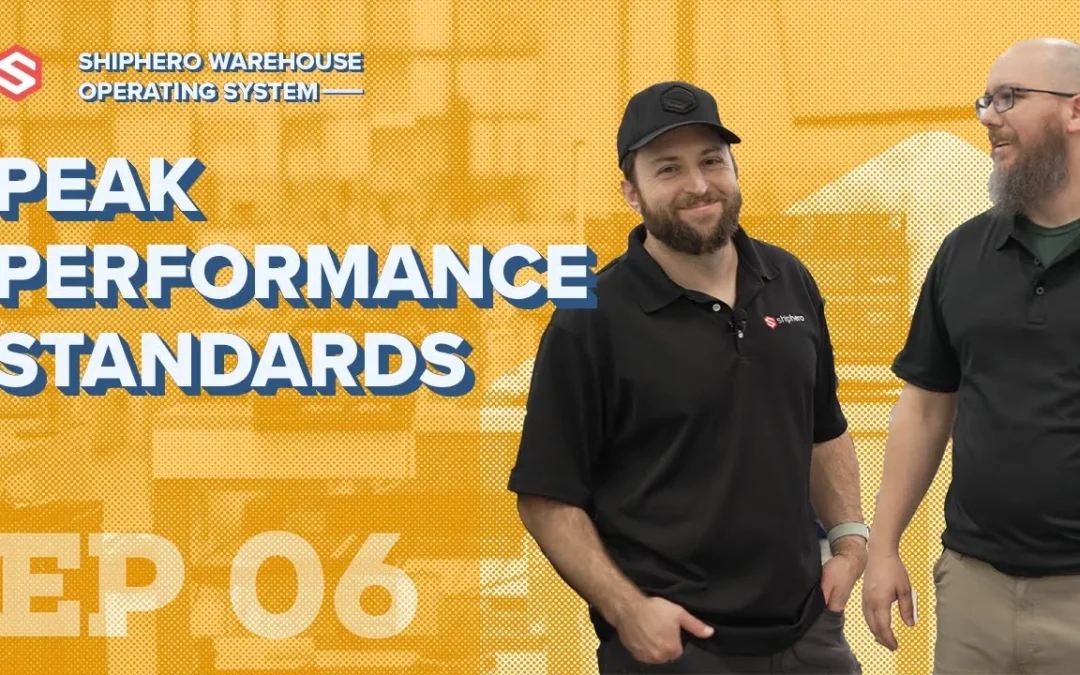
Jan 24, 2024
Experience the world-class operations of the ShipHero Las Vegas facility as Ryan Mulroy, our General Manager, takes you on a journey through all that this warehouse offers.
See firsthand his commitment to efficient picking and packing (50+ UPH) and effective implementation of SLAs and CPPs.
Discover the wonders of our state-of-the-art warehouse operation systems and learn how they can help streamline your own warehouse operations. Tune in now for a behind-the-scenes look at ShipHero’s Las Vegas warehouse!
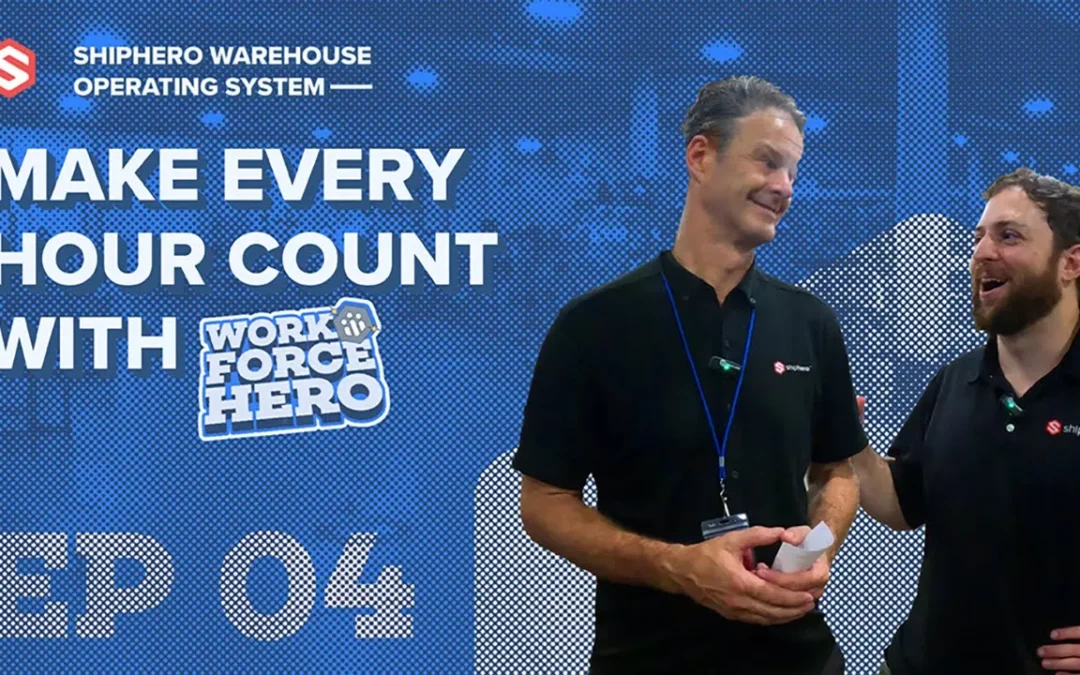
Jan 24, 2024
Got a warehouse to manage?
Our 4th video of our Warehouse Operating Systems series features ShipHero VP of Operations, Rob McFaul, and shows how his team leverages this powerful software to reduce time spent on special projects.
With easy-to-follow instructions and native language support, stop the manual tracking and join us in revolutionizing WMS with WorkforceHero!
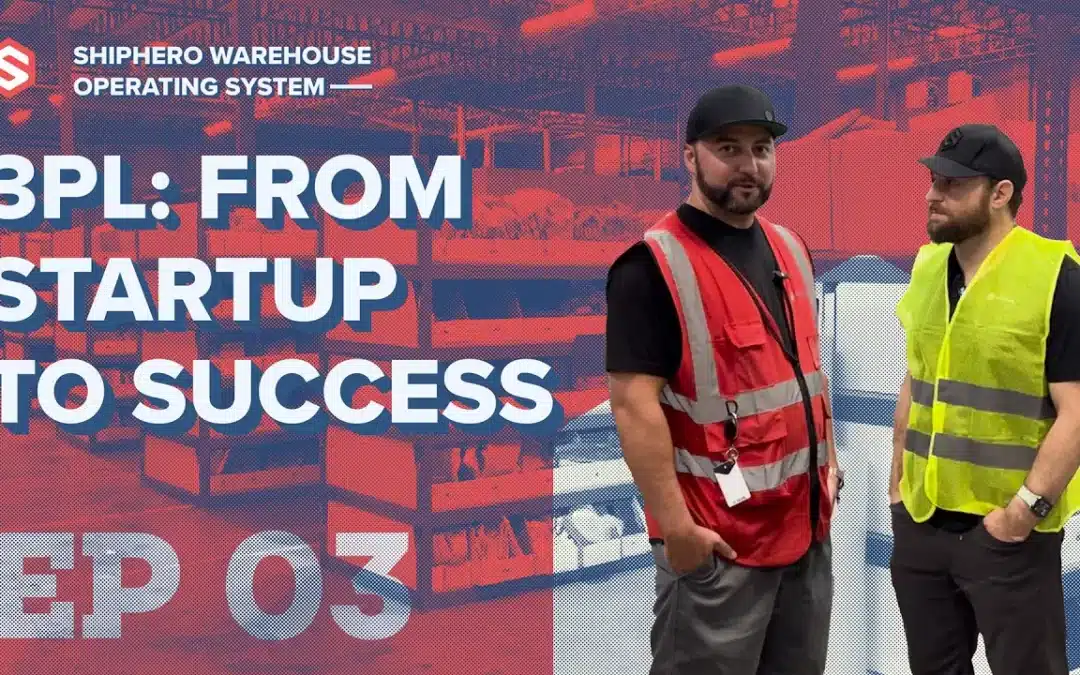
Jan 24, 2024
Have you ever wondered what it takes to grow a business and achieve entrepreneurial success?
You’re in luck! In this exclusive video, we talk to Aaron Rubin, founder and CEO of ShipHero, and Randall Guernsey, head of our Salt Lake City warehouse operations.
Get essential insights from our experts on maximizing your warehouse operation systems for success and take your business to the next level! Don’t miss out – watch now!




